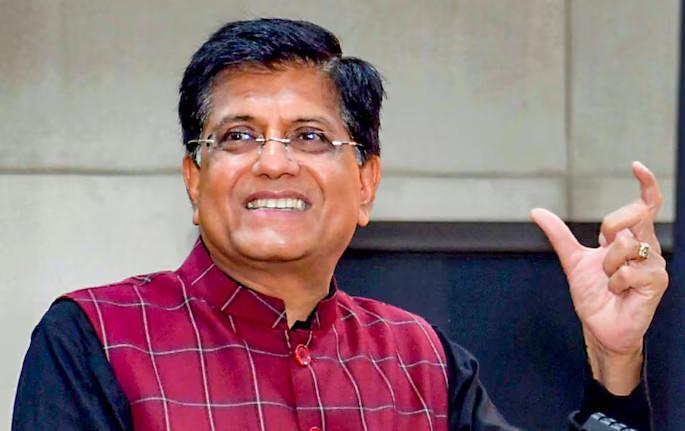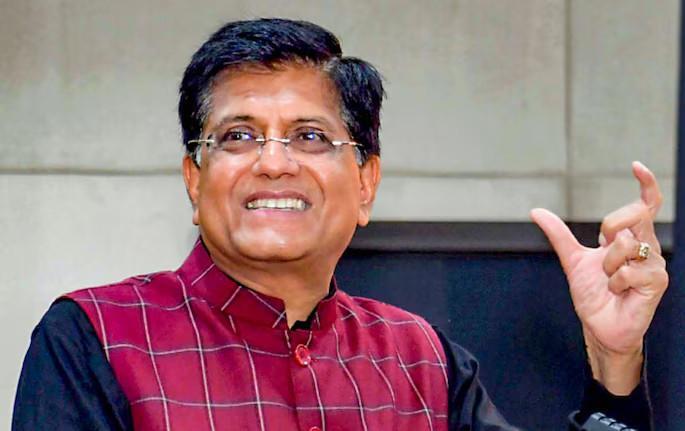
What Challenges Will Sunita Williams and Butch Wilmore Face After Returning to Earth?
As astronauts Sunita Williams and Butch Wilmore prepare to return to Earth next week, they are not only looking forward to reuniting with their loved ones but also bracing themselves for the challenging readjustment process that lies ahead. After spending months in space, they will have to adapt to the gravitational forces of our planet once again, which can be a painful and disorienting experience.
One of the most significant challenges they will face is the loss of bone density. Prolonged exposure to microgravity can cause the bones to weaken, a condition known as osteoporosis. This is because the body is not required to work as hard to maintain its skeletal structure, resulting in a loss of calcium and other essential minerals. On return to Earth, this can lead to a range of problems, including back pain, osteopenia, and even fractures.
To counter this loss, astronauts must engage in regular exercise and physical activity to strengthen their bones. This can be a daunting task, especially for those who have been in space for an extended period. For instance, Sunita Williams, who has spent a total of 322 days in space, will have to work hard to rebuild her bone density and regain her strength.
Another challenge that astronauts face upon return is the development of “baby feet.” This phenomenon occurs when the muscles in the lower legs and feet atrophy due to the lack of gravity. As a result, the feet can become soft and weak, making it difficult to walk or stand. This can be a frustrating and embarrassing experience, especially for those who are used to being physically active.
To combat this issue, astronauts must engage in physical therapy and exercise programs designed to strengthen their feet and ankles. This can involve activities such as walking, jogging, and even swimming. In some cases, astronauts may also be prescribed orthotics or other devices to help support their feet and alleviate discomfort.
In addition to these physical challenges, astronauts may also experience a range of psychological and emotional difficulties upon return. The isolation and confinement of space travel can take a toll on the mind and body, leading to feelings of anxiety, depression, and even PTSD. For Sunita Williams and Butch Wilmore, who have spent months living and working in a confined environment, this can be a significant challenge.
To address these issues, NASA provides a range of support services, including counseling, therapy, and relaxation techniques. Astronauts are also encouraged to engage in outdoor activities and socialize with friends and family to help them readjust to life on Earth.
Other Challenges After Returning to Earth
In addition to the physical and psychological challenges, astronauts may also face a range of other difficulties upon return. For instance, they may experience:
- Dizziness and nausea: Prolonged exposure to microgravity can cause the inner ear to become disoriented, leading to feelings of dizziness and nausea. This can be a disorienting and uncomfortable experience, especially during the initial stages of readjustment.
- Fainting: In some cases, the sudden change in gravity can cause astronauts to faint or feel lightheaded. This can be a worrying experience, especially for those who are not used to the effects of gravity.
- Sleep disturbances: The body’s natural sleep-wake cycle can be disrupted during space travel, leading to insomnia, daytime fatigue, and other sleep-related problems. Astronauts may find it difficult to adjust to a regular sleep schedule upon return to Earth.
- Vision problems: Prolonged exposure to microgravity can cause the eyes to become sensitive to light and experience blurred vision. This can be a frustrating experience, especially for those who rely on their vision for daily activities.
Conclusion
As Sunita Williams and Butch Wilmore prepare to return to Earth, they are not only looking forward to reuniting with their loved ones but also bracing themselves for the challenging readjustment process that lies ahead. From the loss of bone density to the development of “baby feet,” there are many challenges that astronauts face upon return to Earth.
However, with the support of NASA and their families, astronauts are able to overcome these challenges and adjust to life on Earth once again. As we watch Sunita Williams and Butch Wilmore return home, we are reminded of the incredible bravery and determination of these space travelers and the incredible achievements they have made in the name of science and exploration.






